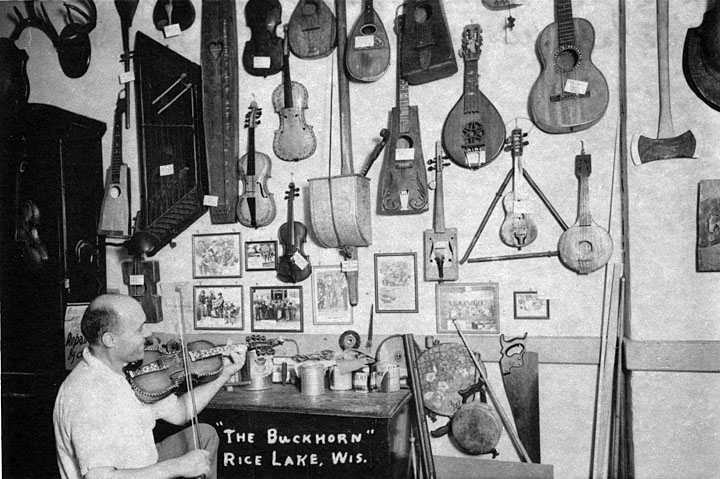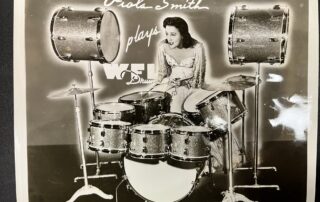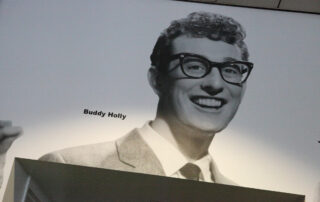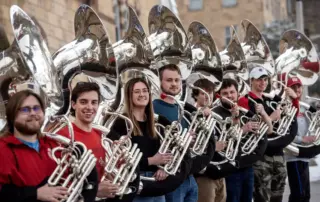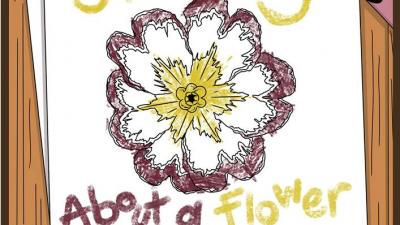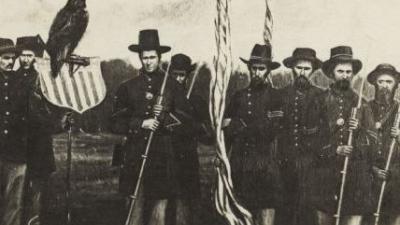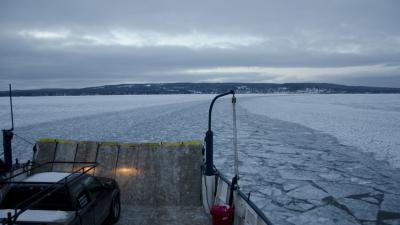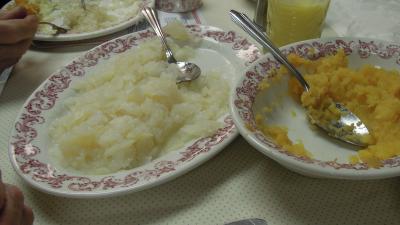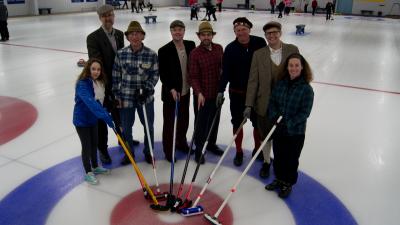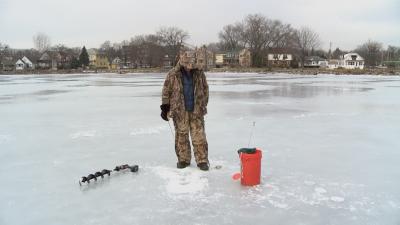From 1937 to 1946, Sidney Robertson Cowell, Alan Lomax, and the University of Wisconsin’s Helene Stratman-Thomas, with federal support from the Archive of American Folk Song at the Library of Congress, recorded nearly 2,000 traditional performances in more than twenty-five languages from musicians and singers in Michigan, Minnesota, and Wisconsin.
Captured in kitchens and parlors, churches and dance halls, the recordings made by Cowell, Lomax, and Stratman-Thomas spanned dance tunes, ballads, lyric songs, hymns, laments, political anthems, street cries, recitations, and more. The songs were recorded in many languages and in many styles, from solo voice to drumming and bands.
The recording of these songs was pioneering yet for decades, the work remained largely forgotten.
Folklorist Jim Leary first discovered Wisconsin’s folk music as a child growing up in Rice Lake in the 1950s. His father often took Leary and his brother along to a local bar and cafe, the Buckhorn, that featured an astonishing variety of taxidermy as well as an eclectic collection of musical instruments.
“Guitars, mandolins, and fiddles fashioned from cheese and cigar boxes, an elongated tin trumpet, a steel triangle, a bowed saw, and a single-string bass fiddle cobbled from a shovel handle were just some of the instruments on the wall,” says Leary.
Later, as a young folklorist, Leary happened on the trail of Cowell, Lomax, and Stratman-Thomas. He began to learn about the people and songs of the Upper Midwest, spending years tracking down the songs, translating them into English, and unearthing the biographies of the performers.
The result is “Folksongs of Another America,” a project recalling and honoring the efforts of Cowell, Lomax, and Stratman-Thomas while illuminating the nearly but not quite lost singers and dancers, songs and tunes, individuals and communities characterizing America’s Upper Midwest in the mid-20th century. It’s a history and music that Leary believes deserves to be remembered and celebrated.
“The Midwest isn’t often thought of as having a folk culture,” says Leary. “But the music of the Upper Midwest is rich and diverse and deserves a place at the table.”
